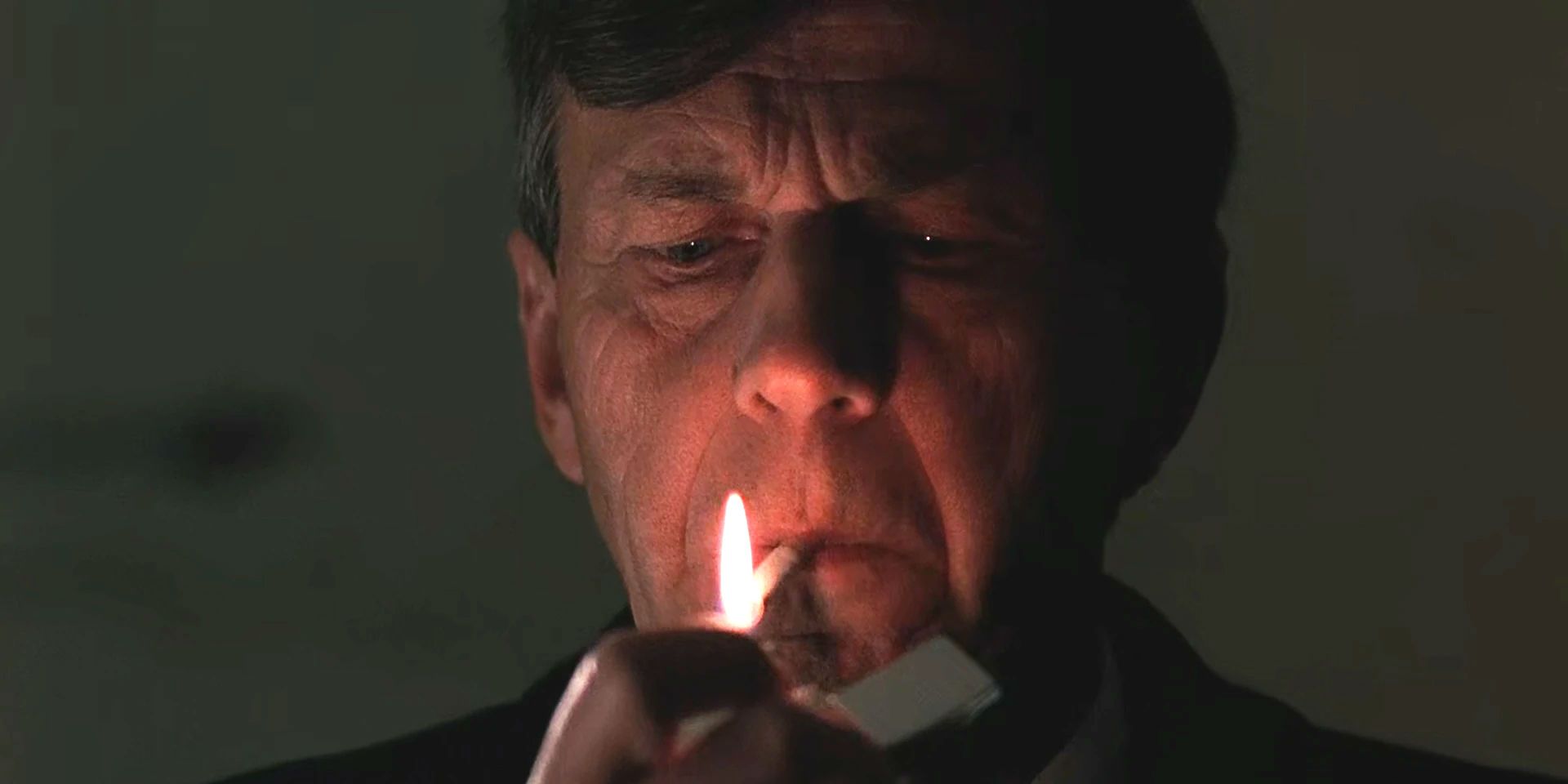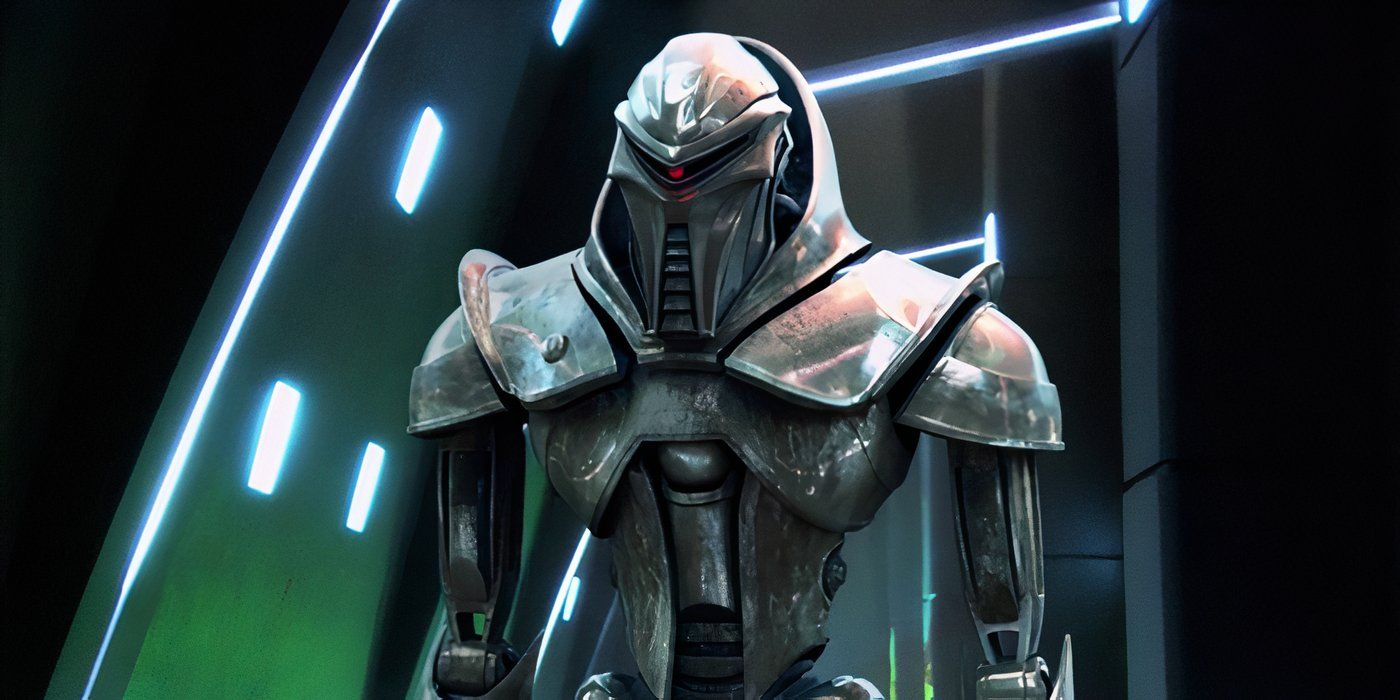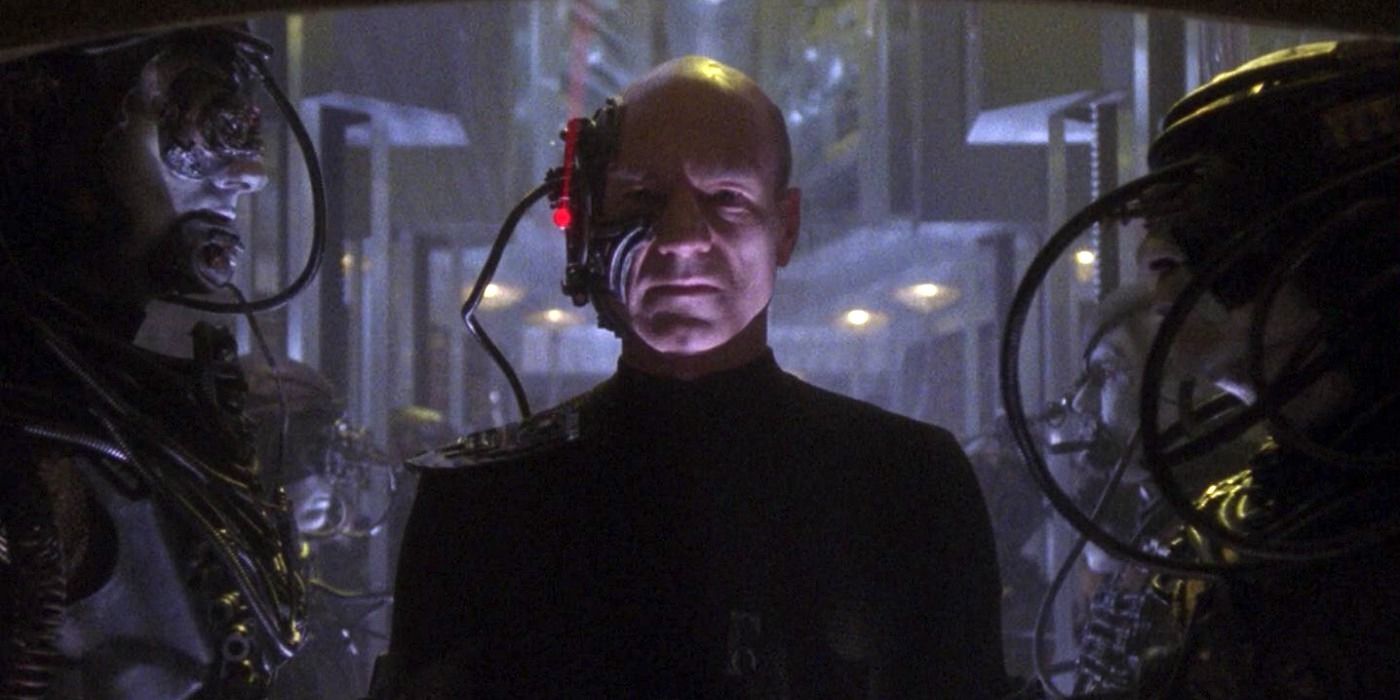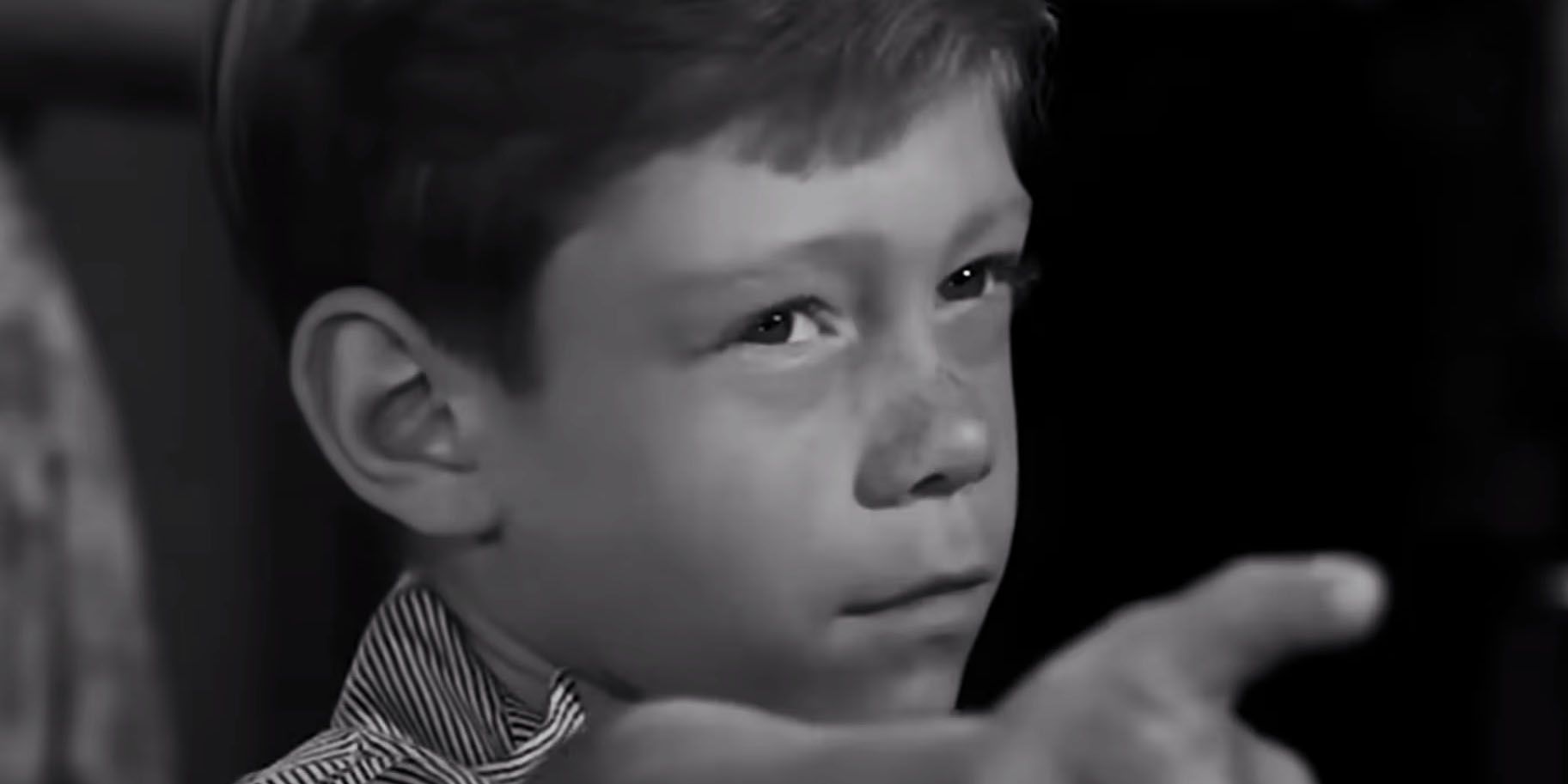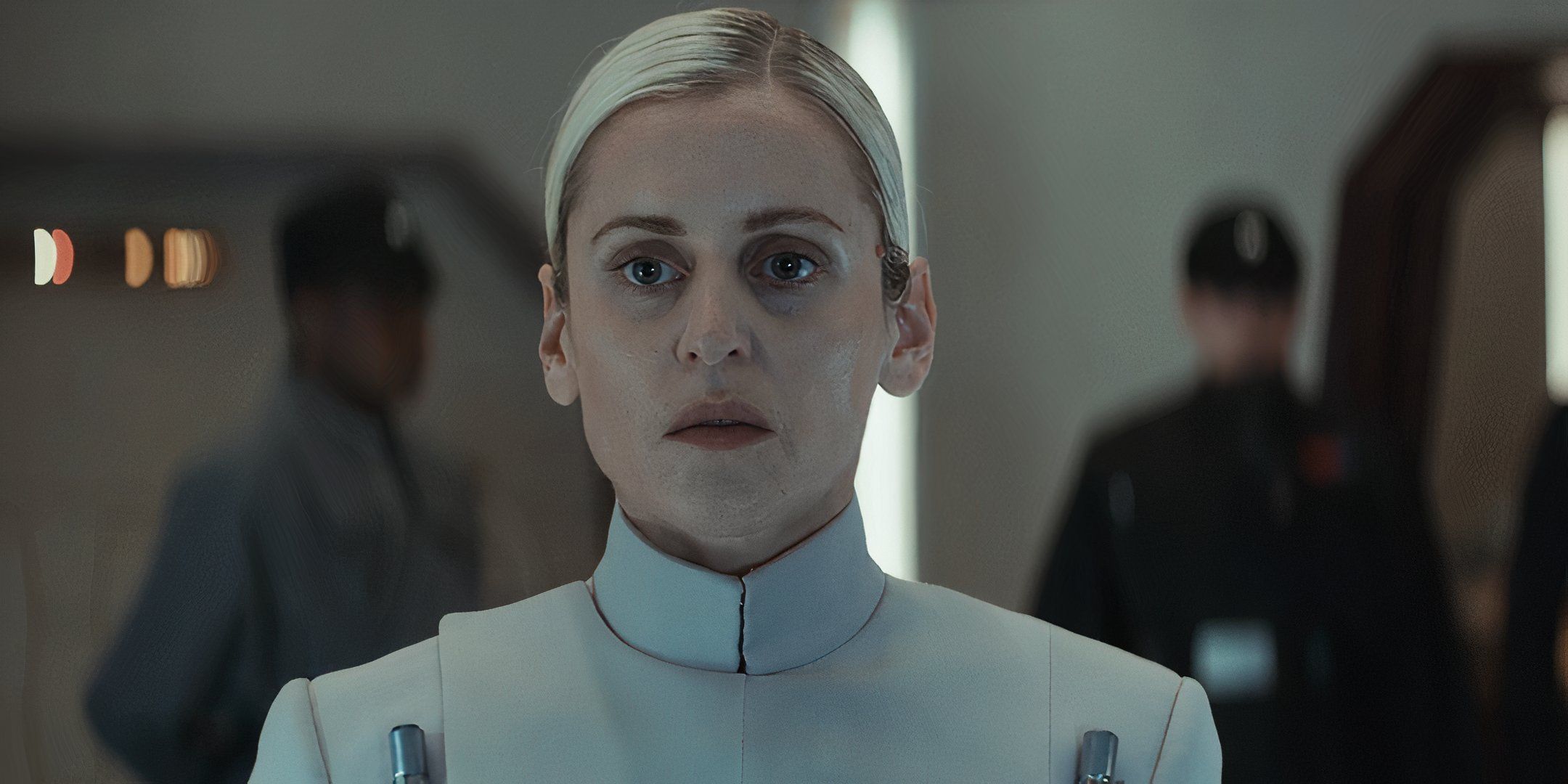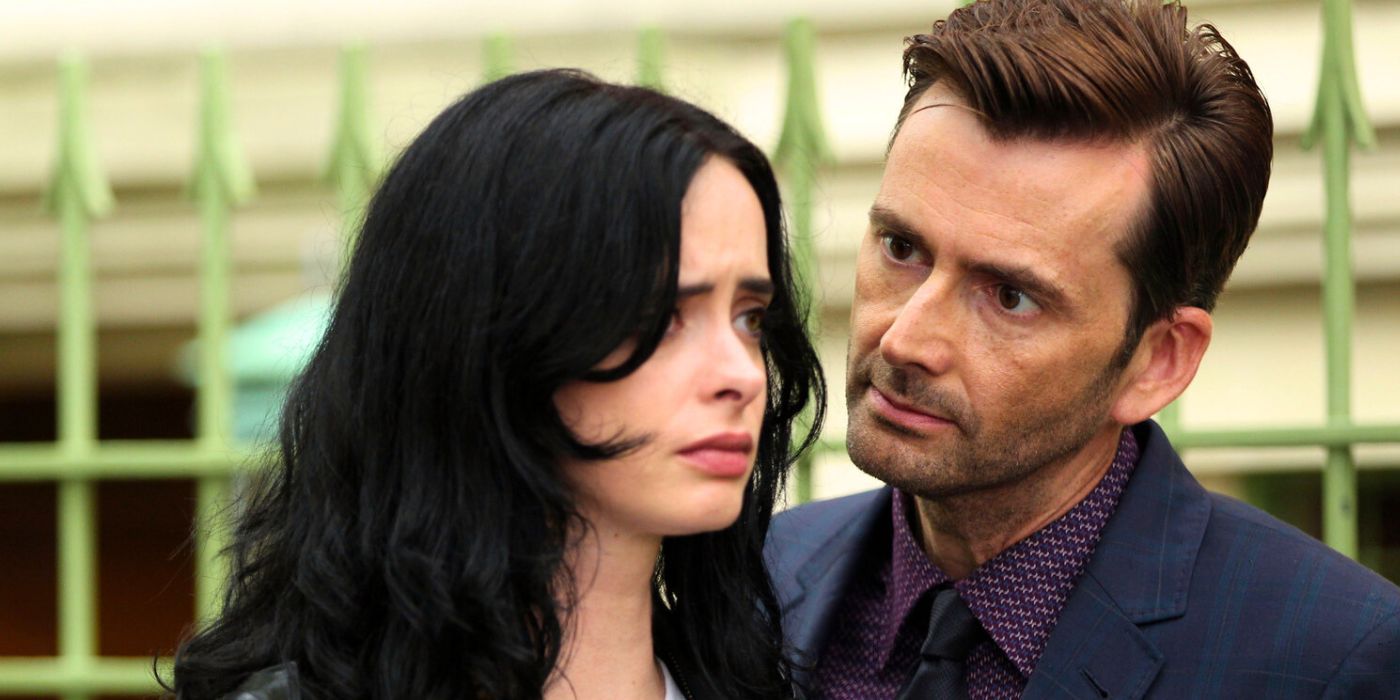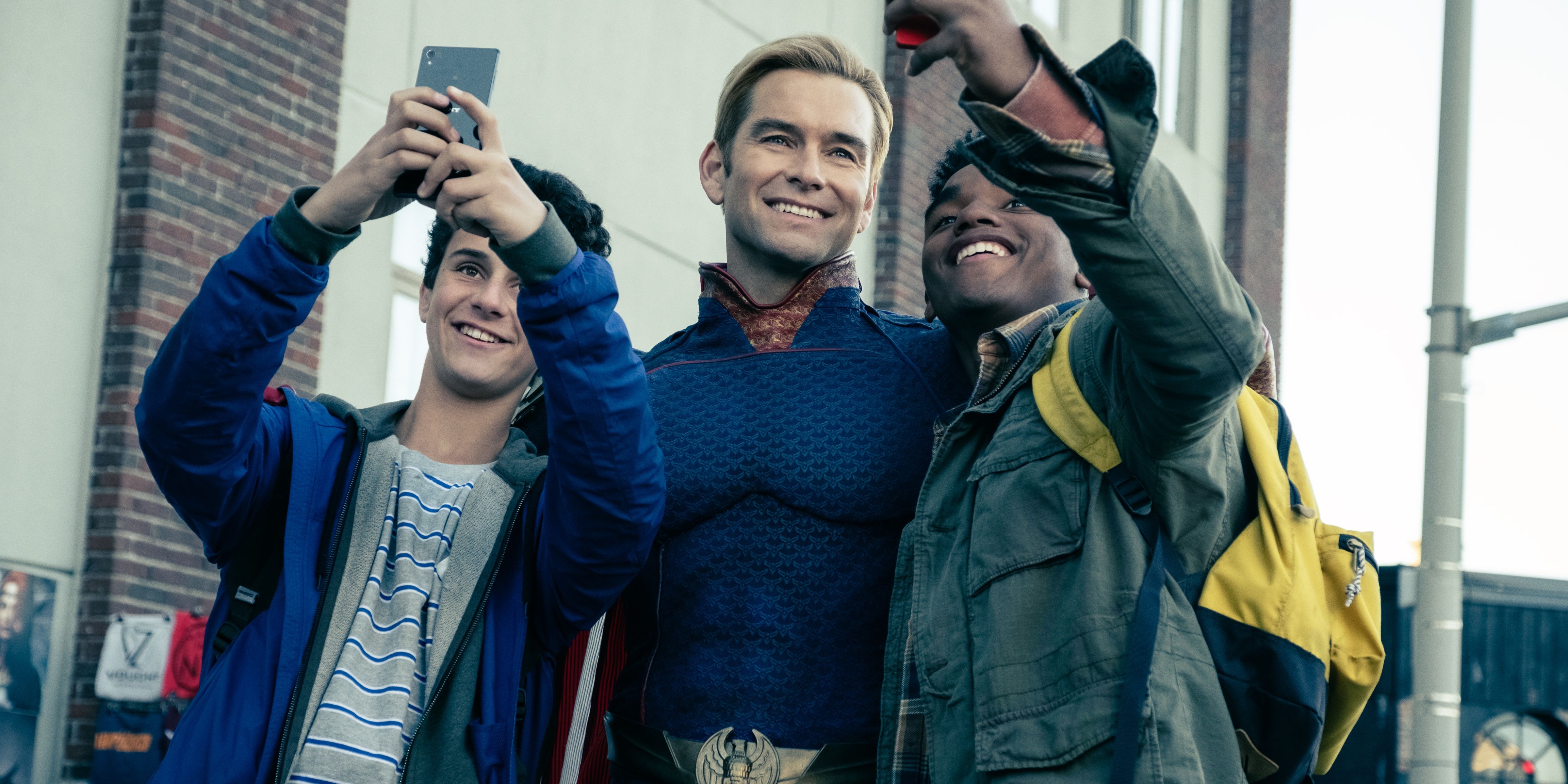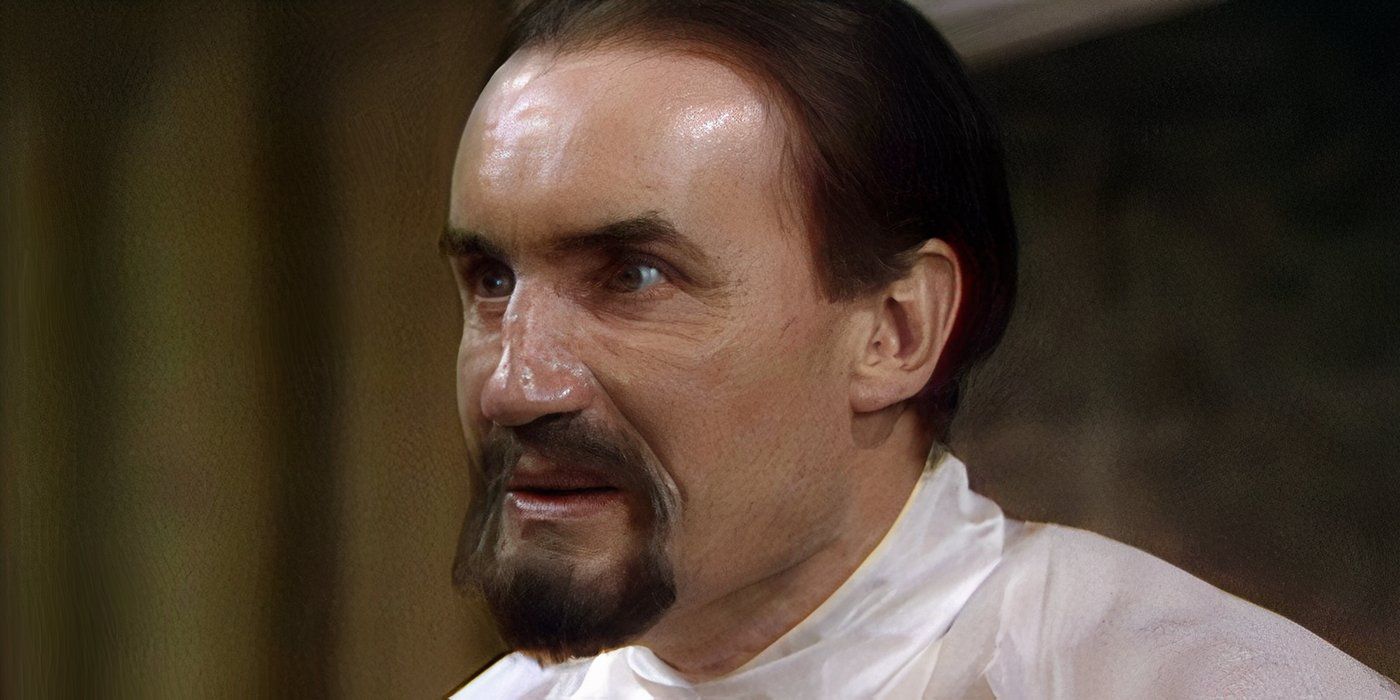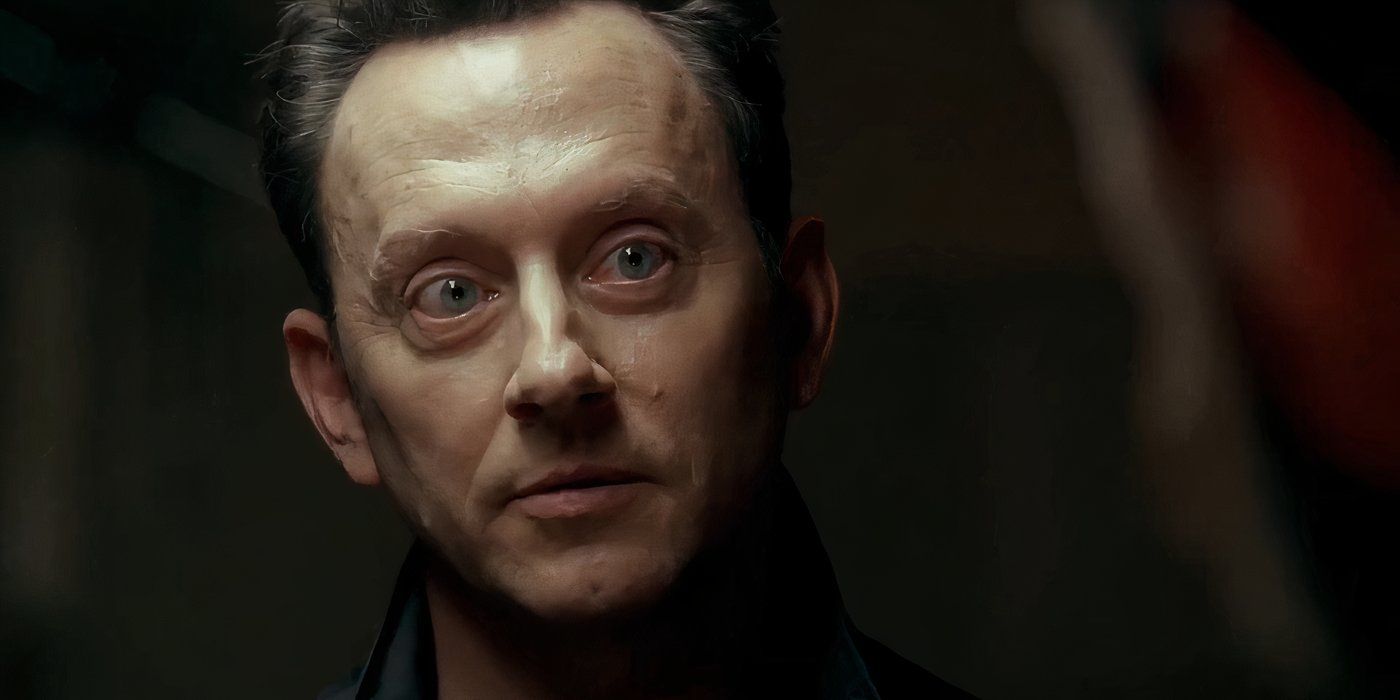From Lost’s Ben Linus to The X-Files’ Cigarette Smoking Man, science fiction shows have been responsible for some of the most iconic villains in TV history. Television is a great medium to develop rivalries between heroes and villains, because the writers have many episodes over many years to build a complicated relationship between the characters. Justified spent its six seasons chronicling the battle between Raylan Givens and Boyd Crowder. Breaking Bad’s Walter White met his intellectual match in chicken magnate-turned-drug lord Gus Fring. And who could forget Jerry’s long-standing feud with Newman in Seinfeld?
The sci-fi genre is a unique vehicle for creating villains, because the possibilities are endless. They’re not restricted by Earth’s atmosphere or the human condition or even the laws of physics. Star Trek’s Borg is a hive mind co-opting other species and lifeforms through the process of assimilation. The Boys’ Homelander has the unlimited power of Superman without his strict Boy Scout-esque moral code. Sci-fi villains can make for great metaphors, too, like Battlestar Galactica’s Cylons, who represent a ruthless, emotionless militaristic government. The best sci-fi shows on television have delivered some of the best villains on television.
10
The Cigarette Smoking Man
The X-Files
The X-Files mostly followed a monster-of-the-week format, pitting Mulder and Scully against a different supernatural threat in each episode. But the overarching antagonist of the series was the Cigarette Smoking Man, and the show sustained the mystery surrounding the character for its entire run. The Cigarette Smoking Man went by hundreds of aliases and held a top position within the shady government organization “The Syndicate,” which was hiding the existence of aliens from the public. Even after most of the Syndicate had been eradicated, the Smoking Man remained one of the most powerful and influential characters in the show.
9
Harmony Cobel
Severance
One of the best twists in the first season of Severance was that Harmony Cobel, who oversaw Mark’s innie as the manager of the Lumon Branch 501 Severed Floor, was also Mrs. Selvig, the next-door neighbor of Mark’s outie in Baird Creek. Everything we learned about Harmony made her even more intriguing: she kept a shrine to Kier Eagan, she was a lactation consultant, she held onto her mother’s breathing tube, she had a secret second business under her assumed identity. Patricia Arquette was typically mesmerizing in the role, bringing some of that Lost Highway bizarreness to the series.
8
Cylons
Battlestar Galactica
Battlestar Galactica is a quintessential piece of military science fiction, and as with all the best military sci-fi (Ender’s Game, Starship Troopers, Edge of Tomorrow, etc.), it uses its speculative story about a made-up war in the future to reflect the harsh realities of warfare in the real world in the present day. The Twelve Colonies’ war with the Cylons — a race of sentient robots bent on wiping out the human race — does just that. The Cylons represent every ruthless militaristic organization on Earth, governed without empathy or emotion. They’re a perfect contrast to the emotional humans they’re fighting.
7
The Borg
Star Trek: The Next Generation
The Borg are one of Star Trek’s most terrifying villains. They’re a network of cyborgs connected by a hive mind known as “The Collective.” In their neverending quest to achieve perfection, the Borg move across the universe, assimilating other alien species to acquire their knowledge and technology, and surgically augment their “drones” with nanoprobes and robotic parts to make them subservient to the hive mind. In popular culture, the Borg have become a go-to metaphor for any powerful, monolithic entity consuming everything in its path. Their chilling motto, “Resistance is futile,” could apply to a lot of real-world horrors.
6
Anthony Fremont
The Twilight Zone
Anthony Fremont only appeared in one episode of The Twilight Zone — season 3, episode 8, “It’s a Good Life” — but that was all he needed to become an iconic villain. Anthony is a six-year-old boy with godlike powers, and he’s used these abilities to keep everyone in town, including his own parents, living in fear. If he doesn’t like a woman’s singing, he takes away her ability to sing. If a man stands up to him, he turns him into a living jack-in-the-box. Anthony is a perfect horror metaphor for powerful narcissists who treat the world like their personal playground.
5
Dedra Meero
Andor
One of the things that makes Andor such a pitch-perfect TV masterpiece is that all the characters — heroes, villains, and everything in between — are well-rounded, three-dimensional human beings. In the hands of lesser writers, Dedra Meero would be a one-note Imperial bureaucrat with no personality or humanity. But Tony Gilroy and co. wrote her as a much more complex figure. She’s fiercely ambitious, but she also questions the morality of the Empire’s actions as it descends into a dictatorship. Denise Gough brought this complex figure to life with one of the Star Wars saga’s most emotionally raw performances.
4
Kilgrave
Jessica Jones
The eponymous superhero in Jessica Jones has superhuman strength and the quick wits of a private detective, so she’s mostly able to protect herself from bad guys. But she’s powerless against David Tennant’s mind-controlling villain Kilgrave. Kilgrave has the ability to get into anyone’s head and force them to do his bidding. Jessica Jones is much darker and more mature than the average Marvel superhero show, and it uses Kilgrave’s mind control power to explore the issue of consent in a sci-fi context. The usually affable Tennant plays drastically against type in this despicable role (and nails it).
3
Homelander
The Boys
The Boys’ big bad has most of Superman’s powers — flight, superhuman strength, laser vision, etc. — but none of his morals. The evil Superman trope has been overused in recent years, but Homelander remains the best execution of it. The show’s exploration of his backstory has shown that he grew up as a lab rat with only abusive scientists for parental figures, so he never really had a chance. Every scene with Homelander has you on the edge of your seat, because Antony Starr plays Homelander’s cold sociopathy so well that you have no idea whose lives he’ll spare (if anyone).
2
The Master
Doctor Who
The best recurring villain in Doctor Who, simply known as the Master, is a dark inversion of the Doctor himself. Much like the Doctor, the Master is a rogue Time Lord, but the difference is that he uses his powers for evil. The stakes of the Master’s villainy couldn’t be higher: he wants to control the universe, and will do whatever it takes to achieve that goal. The relationship between the Doctor and the Master is much more complex than the average hero-villain dynamic. The Master doesn’t necessarily want to kill the Doctor, because he sees himself in him.
1
Ben Linus
Lost
Midway through Lost’s second season, the show introduced a man named Henry Gale, whose hot air balloon crashed on the island and whose wife was missing. After keeping up that facade for a couple of episodes, he actually turned out to be Benjamin Linus, the sinister leader of the Others. As soon as audiences were hoodwinked by this mysterious character, they were hooked. He embodied this fabricated persona so seamlessly, but who was he really?
Throughout the rest of the series, Ben evolved from a straightforward villain into a more morally ambiguous antihero who makes an uneasy alliance with Jack and the other plane crash survivors. Ben continued to surprise, disturb, and occasionally delight for the rest of the show’s run. He was one of Lost’s most enigmatic, multidimensional characters, and Michael Emerson’s performance was always a joy to watch.



